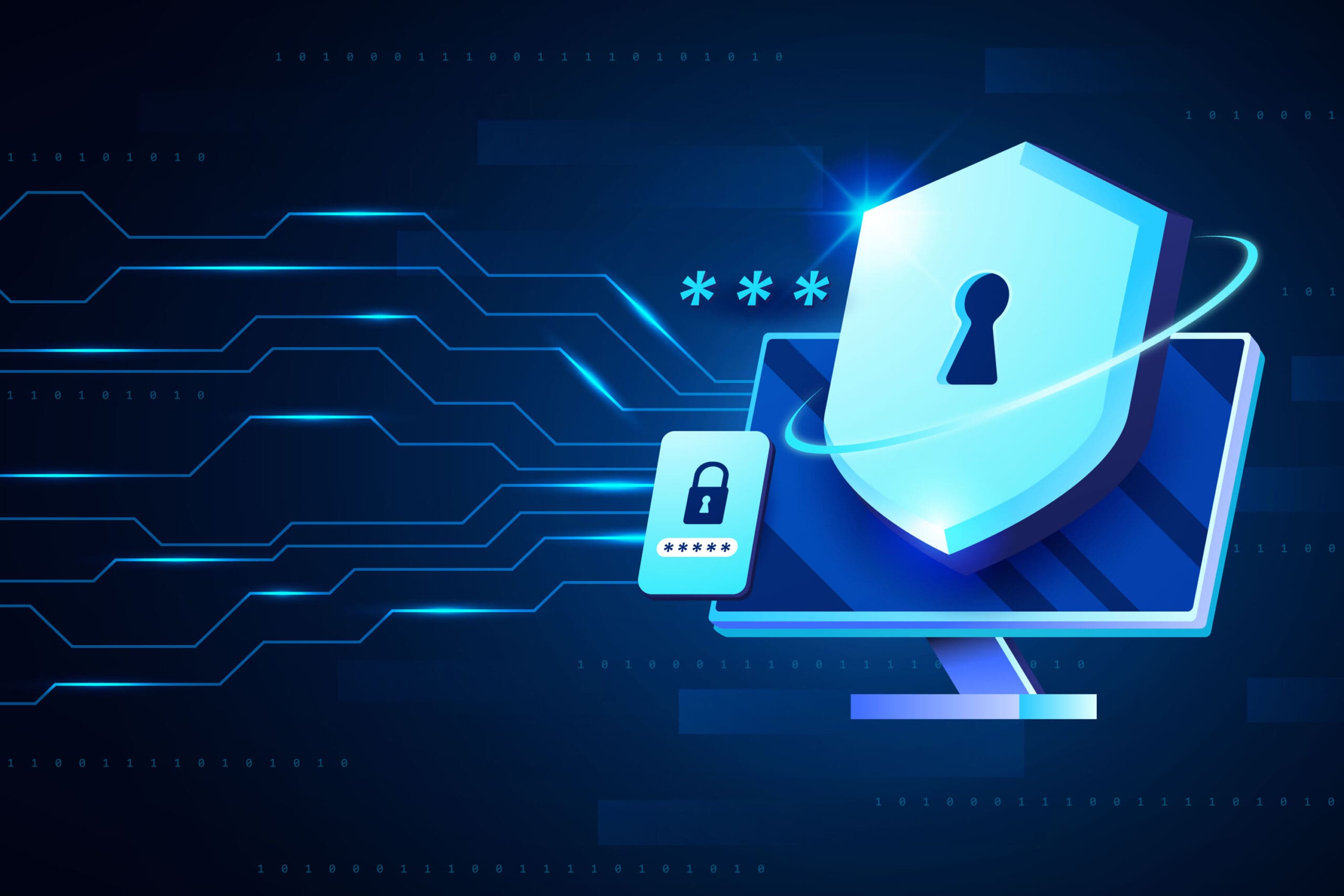Engaging students in the time of COVID-19 and beyond
During a recent Lenovo webinar, 92% of attendees said that keeping students engaged during remote learning is their number-one challenge. One study reports that about 70% of teachers said their students are less engaged during remote instruction than they were before the pandemic—and that’s if they even show up to class.
But all educators know that keeping students engaged isn’t just a problem during remote learning. It’s a problem regardless if the instructional model is remote, hybrid, or in-person.
All educators also know that, whether doing distance learning or in-person instruction, getting students communicating and collaborating is one sure way of getting them engaged in the lesson—and actively learning the material. Studies show that when students have a sense of belonging and agency, they have significantly higher learning and engagement levels.
Teachers who can build seamless learning experiences that revolve around communication and collaboration and can be enacted face-to-face or remotely are those teachers who are going to be successful in the classroom.
Creating those learning experiences can be difficult, however. It requires technology that replicates the social aspect, cognitively and actively engages all students, and personalizes learning no matter where the learning is taking place.
Exploros, a teacher-guided, social instructional platform built on a standardized curriculum and accessed through Lenovo devices, is one of the best ways we’ve found to create that environment. Exploros enables an engaging social, device-enabled learning experience that keeps students connected to each other and their teachers.
Together, Exploros and Lenovo’s best-in-class devices support schools’ needs for a flexible, seamless learning environment built around recognized best teaching practices. This partnership is part of Lenovo’s dedication to providing schools with the technology they need in the modern classroom, where learning can take place in-person or remotely and requires solutions that facilitate both approaches without a decline in quality of instruction.
A social media learning environment
Students are already constantly creating content via social media, so if you can get them to channel that energy toward academic topics and learning standards, good things can happen. They would be able to drive the learning, even as teachers guide it. And if the students own the learning experience, they’re likely to care more—and learn more.
That’s what Exploros does: It taps into the unique forms of social interaction that define the world for so many learners. It allows for real-time interaction, group conversations, and teacher class management and guidance features.
Exploros combines instructional fundamentals with interactive digital content that teachers can use during in-person, hybrid, and synchronous or asynchronous remote-learning models to create an engaging social experience for both students and teachers. The instructional platform empowers teachers to focus on their mission while guiding students through coursework or providing supplemental learning.
Unlike other in-person and remote learning solutions, Exploros has peer-to-peer learning capabilities that encourage students to synthesize their learning into sharable responses at each step of the lesson, in a social-media-like structure. Students are required to develop ideas, collaborate with peers, and share their work in real-time. For example, a social studies lesson could include a real-time-generated word cloud of responses. But students won’t be able to see that cloud until they have submitted a brainstormed response themselves.
Tools that help teachers better engage students
Exploros includes features for teachers, like in-app teacher video to support real-time digital engagement. For asynchronous students, a teacher can check in to see which students are online and pop up a video or respond to students.
And all these interactions lead to analytics and natural pathways teachers can use to engage students in discrete teachable moments.
17 responses per student per class period!
Without technology, there are always going to be certain students who engage in a lesson and others who will be bystanders. Exploros gives every student a voice and gets everyone involved. The resulting classroom dialog becomes more meaningful.
It’s an approach that brings results. An early case study by Exploros showed 17 responses per student per class period—far above the usual in-person amount of interaction possible without devices—and a 29% gain in state testing due to students being actively engaged.
Ensuring educational continuity in the modern classroom requires schools to deploy standards-based curriculum and tools that engage students and teachers. Exploros and Lenovo seamlessly provide the tools to do that.
To learn best practices for ensuring educational continuity through a standards-based curriculum, in-person or remotely, and hear how other educators are using Exploros, download our Best Practices playbook, part of Lenovo’s educational continuity resources.
Please contact us at sales@bridgeteksolutions.com for more information.






